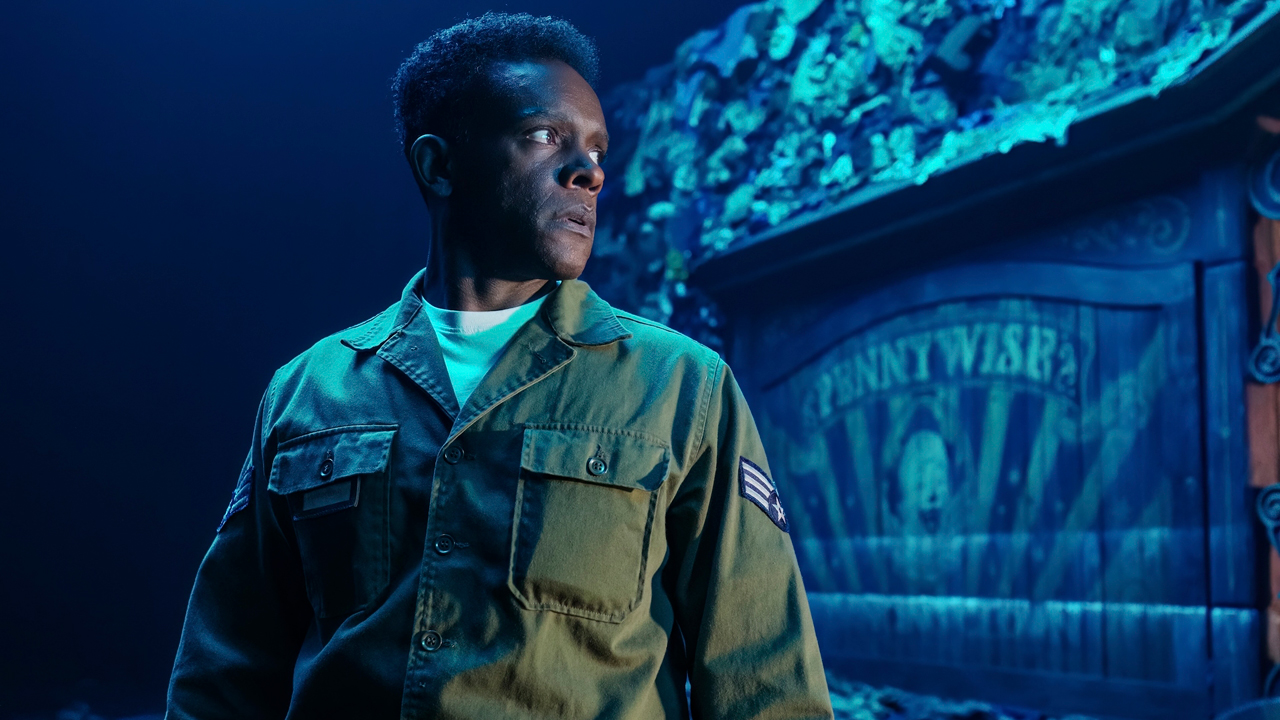Shutter Island: 10 Behind-The-Scenes Facts About The Movie
These behind-the-scenes facts add another layer to Shutter Island’s story
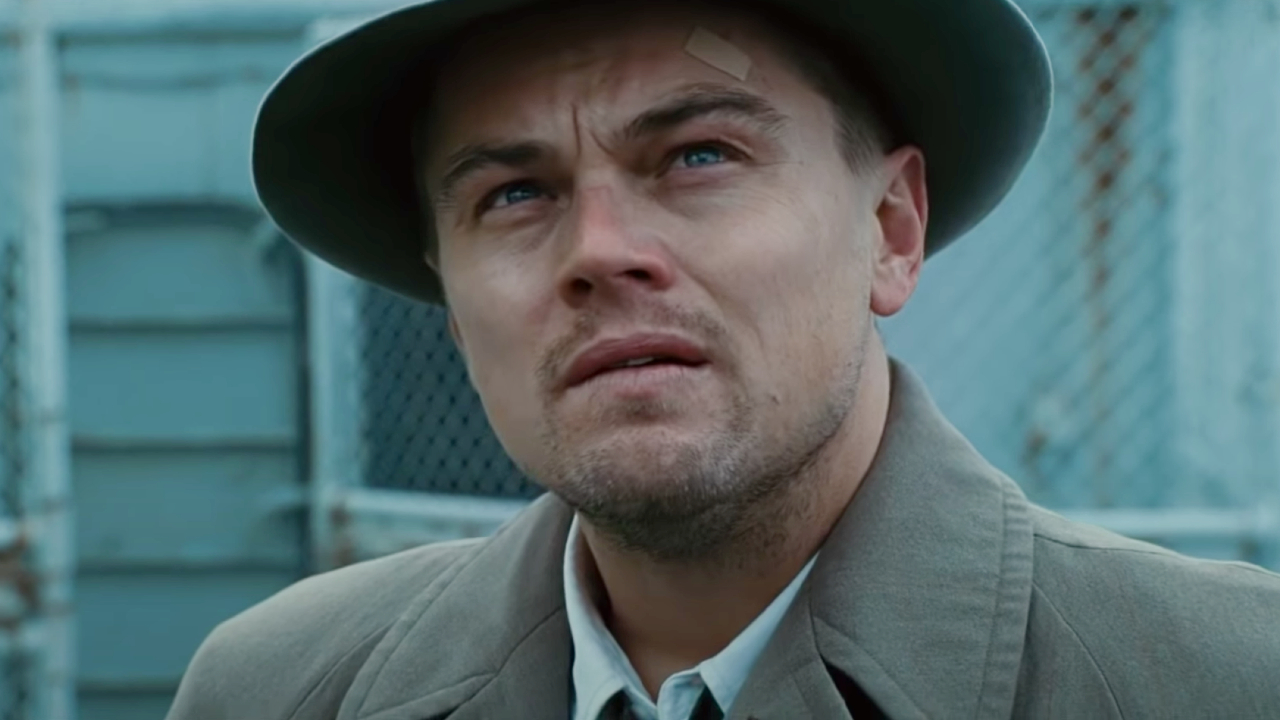
It has been more than a decade since Martin Scorsese took a break from the world of crime cinema and released one of the most inventive and talked about psychological thrillers in years with Shutter Island. The movie, which felt like something out of the mind of Alfred Hitchcock, saw Leonardo DiCaprio take on the role of a U.S. Marshal investigating the disappearance of one of Ashecliffe Hospital’s most notorious patients, only to uncover unspeakable truths about the island, the facility, and himself.
Like the movie on the screen, the story of how Shutter Island came to be is full of twists and turns that few saw coming. As part of CinemaBlend’s ongoing partnership with Plex, where Shutter Island is streaming for free, we have put together ten behind-the-scenes facts from the making of the 2010 thriller that left audiences with all kinds of questions…
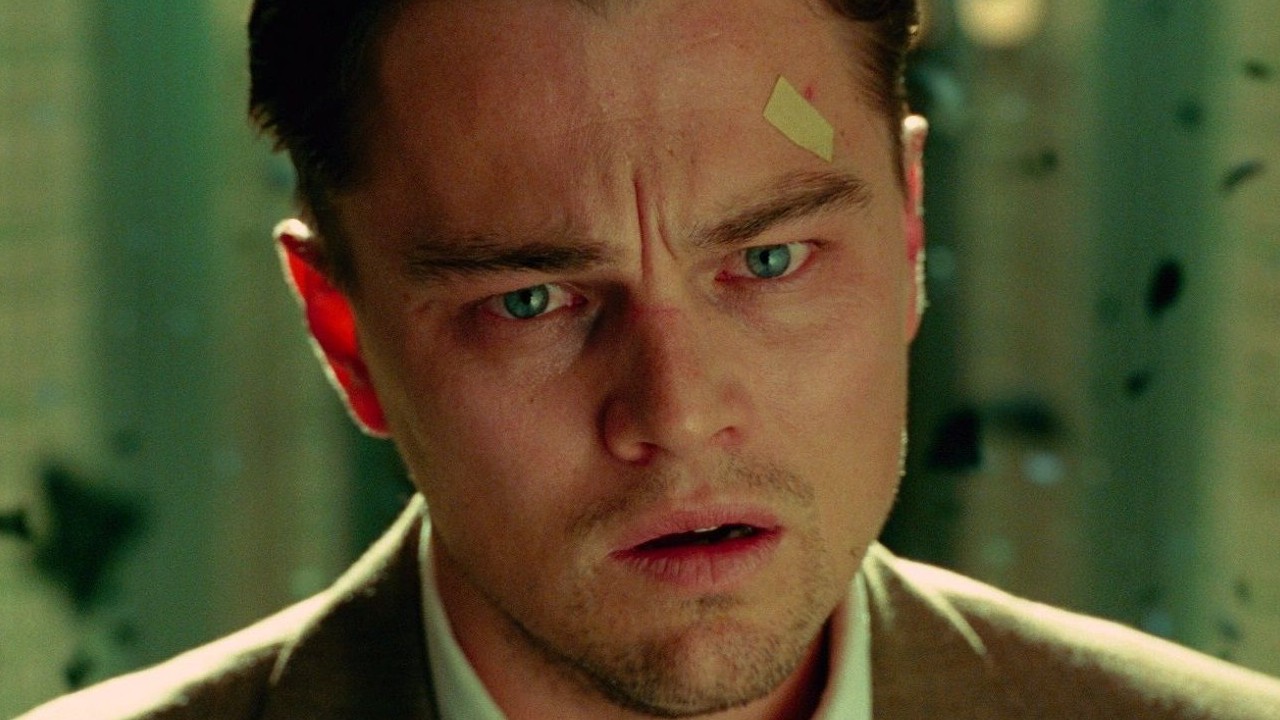
Shutter Island Was One Of The ‘Most Intense, Hardcore Filming Experiences’ Of Leonardo DiCaprio’s Career
With its subject matter and tone, it is easy to see how making Shutter Island could have an impact on the cast and crew of the 2010 psychological thriller, but the process was especially hard on its star, Leonardo DiCaprio. Speaking with Parade Magazine ahead of the film’s release, DiCaprio called the process one of the “most intense, hardcore film experiences” of his life, which must be a lot, considering his career up to that point:
“I have to say Shutter Island was one of the most intense, hardcore filming experiences I’ve ever had as we explored what the mentally ill had to face in the days when mental hospitals were called insane asylums. It was really very traumatic, and I don’t say that about a film very often. I went to places and unearthed some things that I didn’t think I was capable of. It was like an emotional layer cake that just kept getting deeper and deeper.”
DiCaprio would go on to say that the experience of portraying Edward “Teddy” Daniels made him remember one of the most traumatic nightmares he experienced after trying to quit smoking.
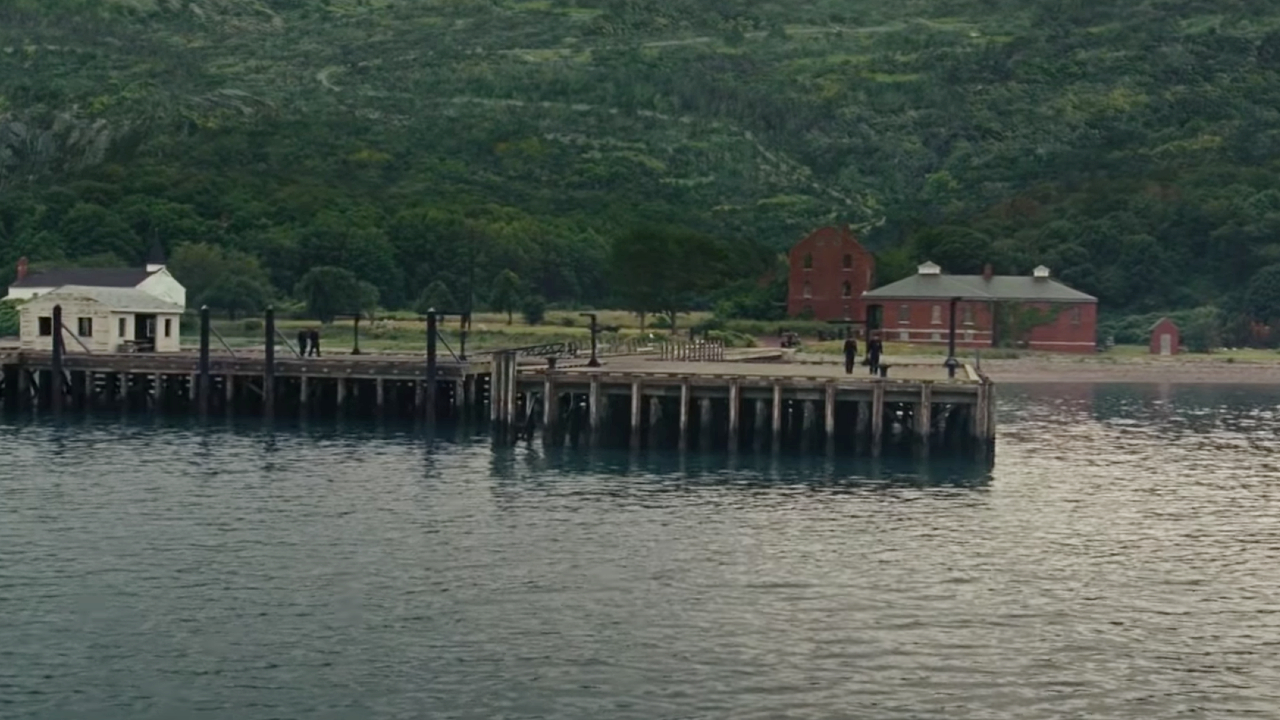
Dennis Lehane Channeled Real Memories When Writing The Shutter Island Novel
In 2003, the same year his novel Mystic River was being turned into an Academy Award-winning drama directed by Clint Eastwood, novelist Dennis Lehane released his followup novel, Shutter Island. Speaking with The Patriot Ledger newspaper in February 2010, he talked about going with his uncle to a small island in Boston Harbor once as a kid, and how the memories of that day stuck with him:
“He brought us out there during the Blizzard of ’78 and it was really barren, nobody was using it at that point. And he told us that sometimes, usually right about now when the sun was going down, the ghosts of the former patients could be seen in the woods. And then, because it’s my family, he vanished. That was our sense of humor. And me and my brother were walking around the woods and truly thinking we saw people in mental institution straightjackets running past us.”
Years later, Lehane recalled those memories and started to craft a story about a mental hospital on an island and the secrets that it contained, eventually leading him to write Shutter Island.
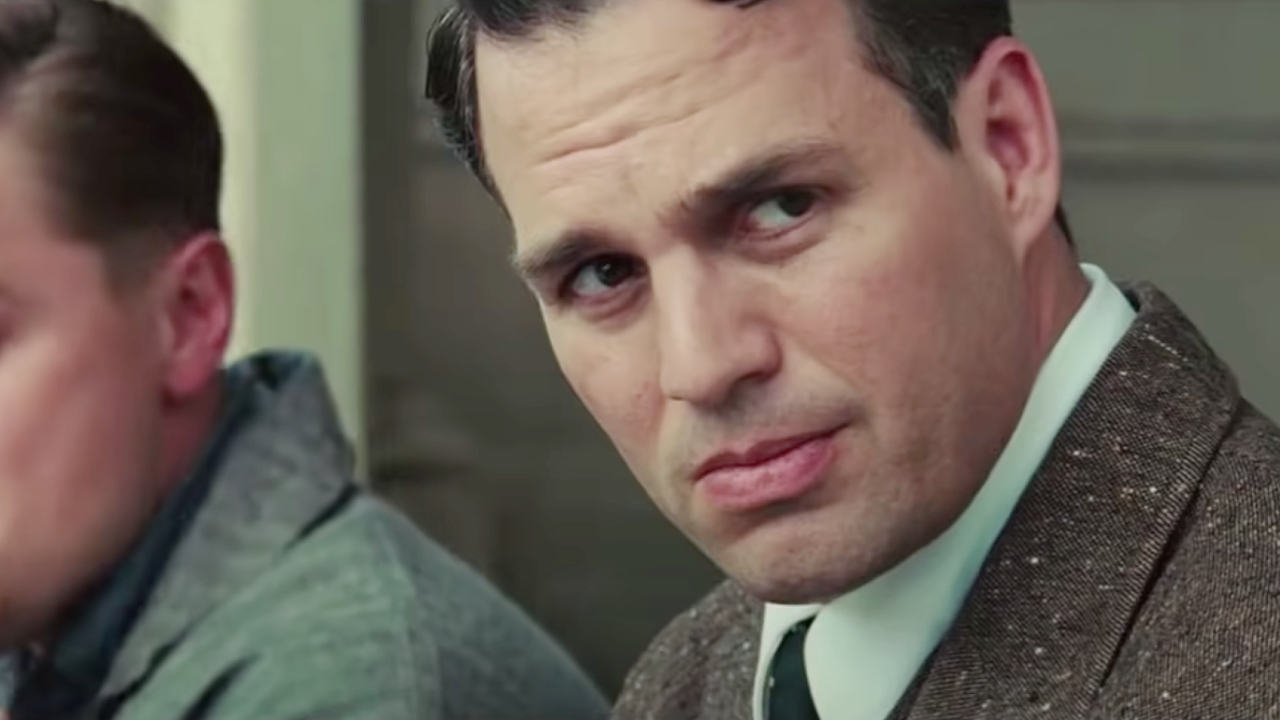
Mark Ruffalo Nearly Caused A Big Accident With Martin Scorsese On Set
Mark Ruffalo had already had some major roles by the time he was cast as Leonardo DiCaprio’s “partner” Chuck Able in Shutter Island, including Zodiac, The Brothers Bloom, and Eternal Sunshine of the Spotless Mind, but he was apparently still starstruck when he met Martin Scorsese, a feeling that didn’t wear off when production started. When speaking with Cleveland.com ahead of the film’s release, Ruffalo told a story about the time he almost caused a major accident on set:
Your Daily Blend of Entertainment News
“They said Marty wanted to talk to me. He was up on this platform, and there were some stairs going up, so I start running up the stairs. What I didn't know was that they were on wheels. So I run up and I just start flyyyy-ing across the room.”
Ruffalo was able to stop the stairs before things got worse and decided to do what anyone in his shoes would: he started to laugh. And so did everyone else.
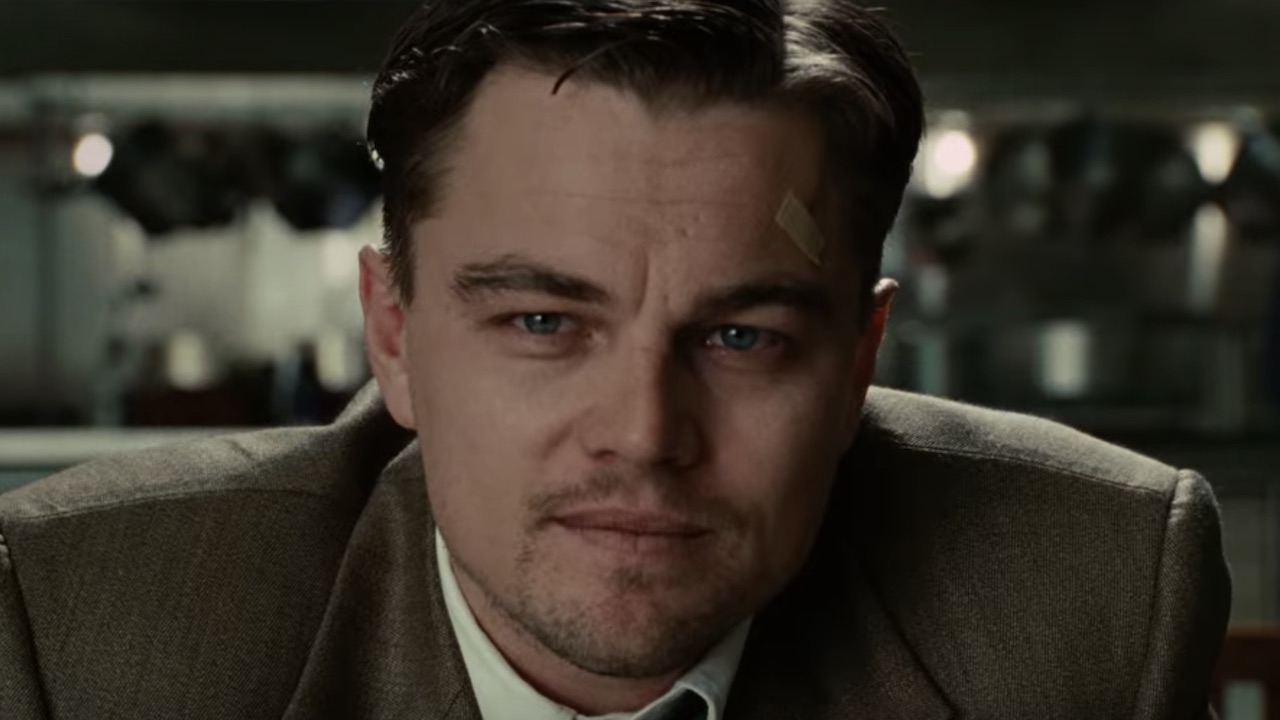
Martin Scorsese Drew Influence From Low-Budget 1940s Horror Movies When Working On Shutter Island
Shutter Island very much feels like a throwback to classic noir films and horror flicks of Hollywood’s golden age, and that is no happy accident. In an interview with The Telegraph newspaper ahead of the film’s February 2010 release, director Martin Scorsese pointed to the 1944 mystery film Laura, which follows a detective as he becomes so obsessed with a murder investigation he begins to fall in love with the dead woman at the center of the crime, but he didn’t stop there.
The article goes on to state that Scorsese pointed to classic RKI Pictures releases like Cat People, Isle of the Dead, The Seventh Victim, and I Walked with a Zombie, and others produced by Val Lewton during the same era. And considering the nightmare sequences in Shutter Island, those inspirations make a lot of sense.
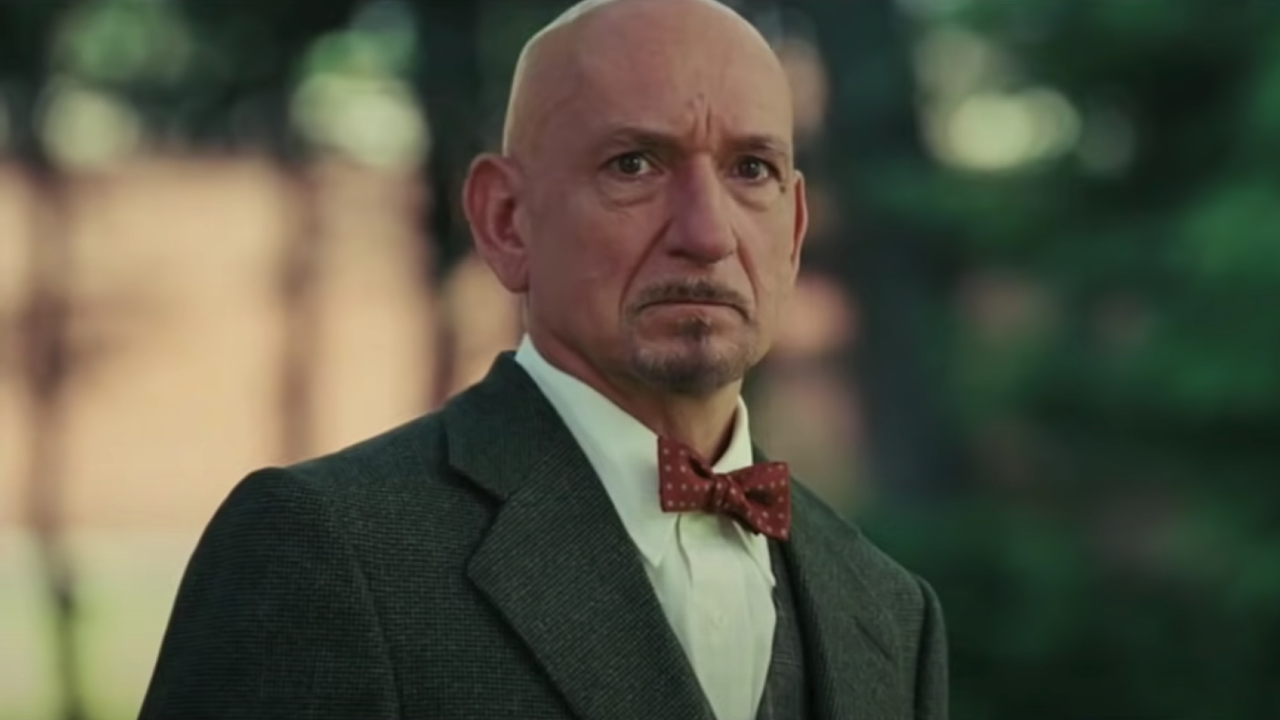
How Ben Kingsley Helped Shape The Character Of Dr. John Cawley
One of the major characters in Shutter Island, Dr. John Cawley, almost acted and sounded much differently, but Ben Kingsley lobbied to change the character for a reason that makes a lot of sense. When speaking with The Independent in early 2010, Kingsley recalled a meeting he had with Martin Scorsese where the actor pitched the idea to make Ashecliffe Hospital’s lead psychiatrist British instead of American, like he is in the book:
"Marty saw him as American. I said, 'May I make him not an American but someone on a quest? Someone who wants to live at the cutting edge, where it's most difficult?' Doctor Cawley is in the middle of an intense debate about whether to connect to patients by listening, talking and engaging in role-play, as opposed to the people who were travelling round the country at the time, performing lobotomies. I think he'd be drawn to somewhere he could really battle it out on the front line, rather than stay in Oxford or Cambridge as an academic researcher."
Kingsley would go on to say that “a knight goes where the dragons are,” and Ashecliffe had its fair share of dragons on its isolated island.
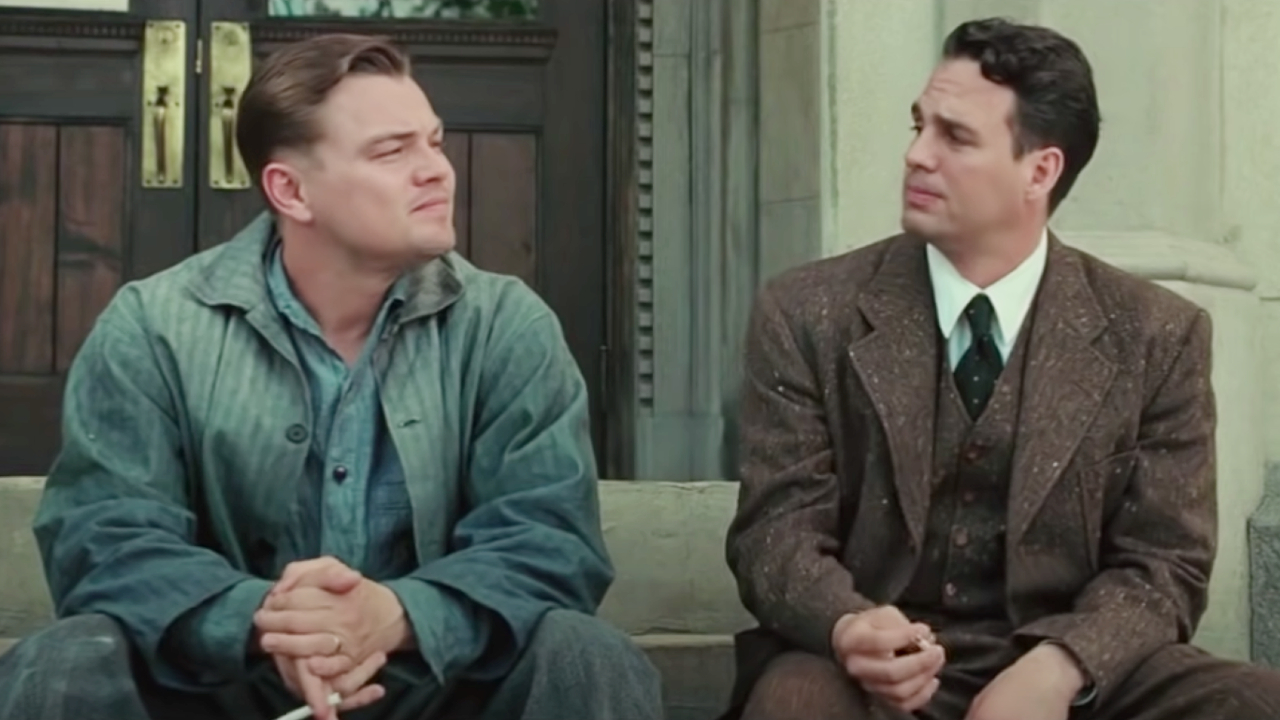
There Was A Psychiatrist On Set To Help The Cast Better Understand The Time Period
The way in which mental illness is treated in the 21st Century compared to that of the early to mid 20th Century in which Shutter Island takes place is night and day. When speaking with Jake Hamilton on his Jake’s Takes YouTube channel in February 2010, Ben Kingsley revealed that the cast was brought up to speed on how “indifferent and brutal the care was” decades earlier, a process that was assisted by a psychiatrist who was on set throughout the shoot.
In the interview, Kingsley said the “wonderful psychiatrist” was able to guide the cast and crew and also advise them on the era, which gave them access to that particular time and that “particular way of looking at the mentally ill.”

Martin Scorsese Had The Cast And Crew Watch A One-Time Banned Documentary To Prepare For Shutter Island
Whenever working with Martin Scorsese, an actor or crewmember isn’t just making a movie with one of the greatest living American filmmakers, they also go to movie-making school, as was the case for those on the set of Shutter Island. When speaking with Emanuel Levy ahead of the film’s release, Scorsese said that he would show various films to the cast and crew each night that touched upon the themes and style of Shutter Island. One film in particular, the one-time banned 1967 documentary Titicut Follies, focused on the notorious Massachusetts Correctional Institute for the Criminally Insane at Bridgewater:
“Watching Titicut Follies allowed the cast and crew to see firsthand the kind of world the film would be portraying. It was a very powerful experience for all of us.”
The documentary, which Ben Kingsley brought up in his Jake’s Takes interview mentioned earlier, led to great change in how mental illness is treated across the country.
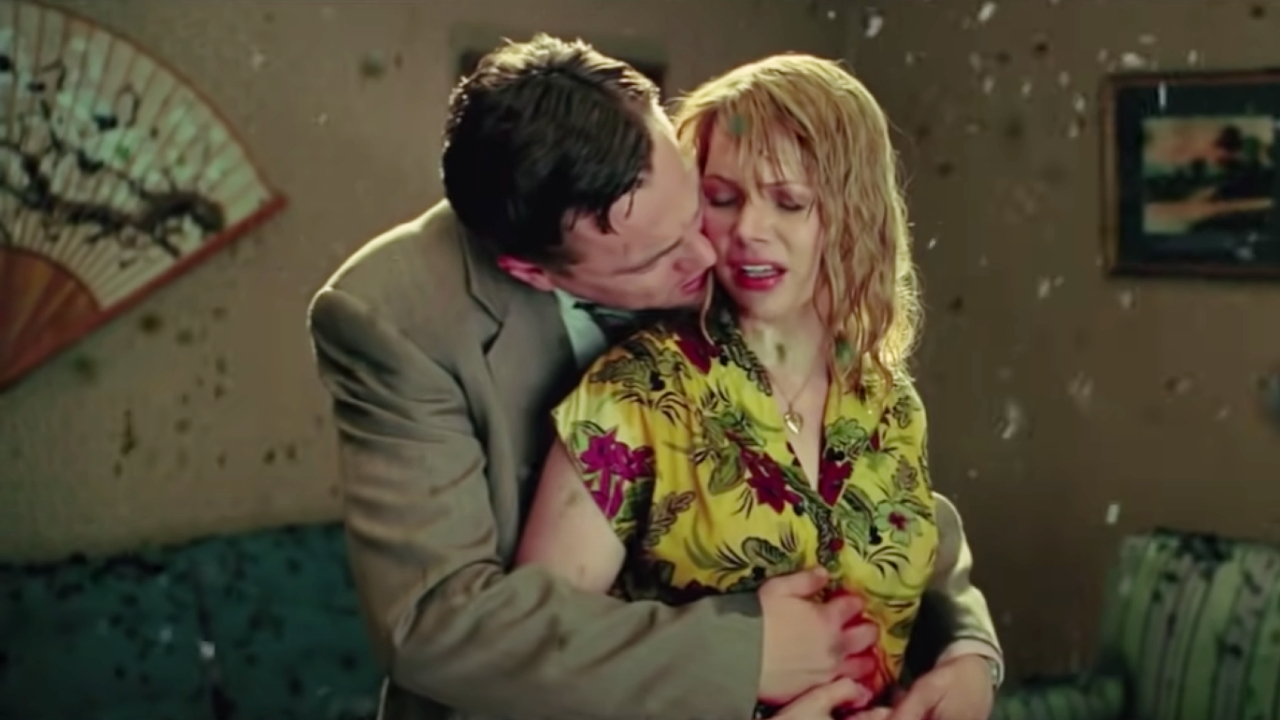
Technical Difficulties Prevented Martin Scorsese From Filming Shutter Island’s Dream Sequences In 65MM
The dream sequences throughout Shutter Island are some of the most visually stunning of the entire movie, and at one point they were going to be even bigger, or at least look bigger. In the March 2010 issue of American Cinematographer Magazine, Director of Photography Robert Richardson revealed that those sequences were initially going to be filmed on 65mm as the format would provide the highest level of detail while also preventing issues when adding in digital effects.
After convincing Martin Scorsese to get on board with the large format, Richardson and his crew ran into major issues after only one day of shooting. After capturing the footage, both cameras that used the 65mm format broke down due to the cold temperatures. The plan to shoot multiple scenes this way only ended up producing a few shots.
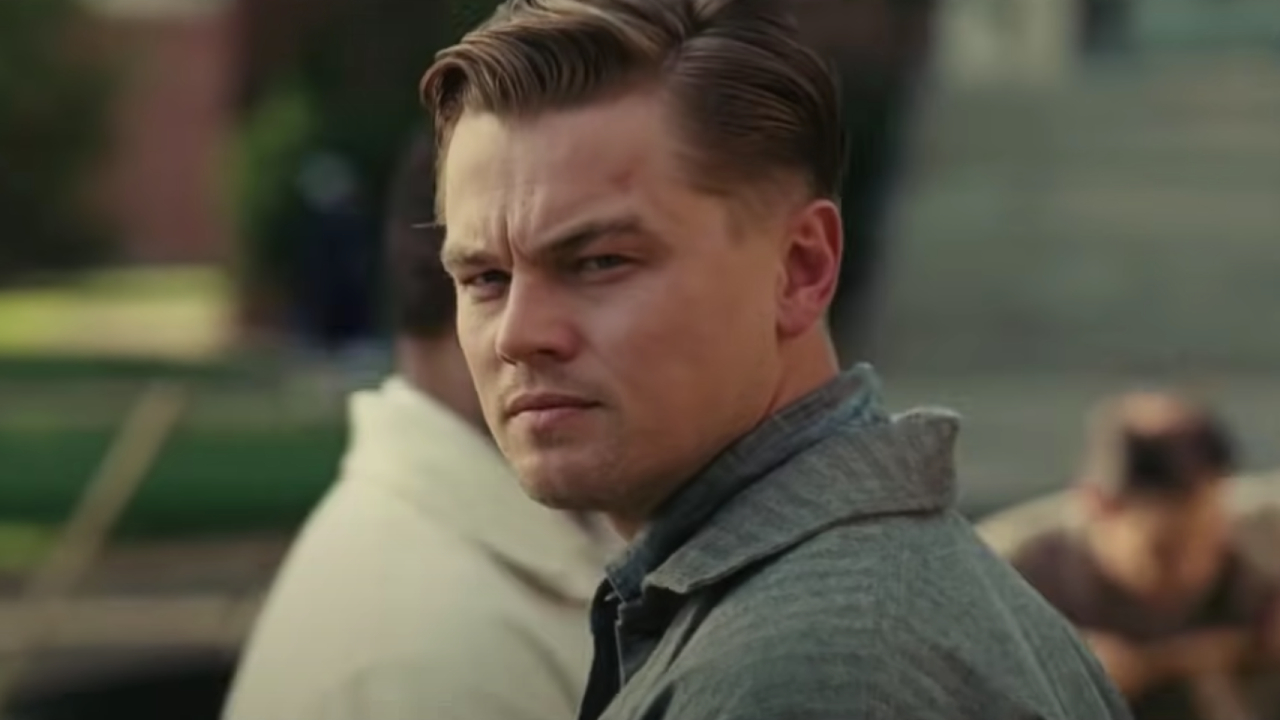
The ‘Live As A Monster’ Line During The Shutter Island Ending Was Added For The Movie
SPOILER WARNING: This section contains major spoilers from the Shutter Island ending. If you haven’t watched the movie yet and don’t want to be spoiled, please exercise caution.
Although Shutter Island largely follows the same story found in Dennis Lehane’s 2003 novel, there was a major change made to the film’s ending that slightly deviated from the original path. Sure, the part about Leonardo DiCaprio’s character being revealed to not be a U.S. Marshal named Teddy Daniels but instead an Ashecliffe Hospital patient by the name of Andrew Laeddis is the same in both versions, but what happens after that big reveal in the movie never happened in the book.
When speaking with MTV News in March 2010, Dennis Lehane explained DiCaprio's line before going off to be lobotomized — “Would you rather live as a monster or die as a hero?” — was never in his book, but would go on to state that he liked the more ambiguous line when first reading Late Kalogridis’ adapted screenplay.

Shutter Island’s Initial Release Date Was Pushed Back Due To the 2008 Financial Crisis
Just like the COVID-19 pandemic a decade later, the 2008 Financial Crisis essentially affected every aspect of life, including the Hollywood release schedule. Initially, Shutter Island was scheduled to be released in October 2009, a little more than a year after principal photography wrapped up, but the debut was pushed back a few months to its eventual February 2010 arrival. The delay came almost at the last minute in August 2009, with Deadline reporting that the decision by Paramount Pictures was largely based on financial concerns following the 2008 stock market crash.
The outlet also shared a statement from Paramount Chief Brad Grey that the studio’s 2009 theatrical slate was “greenlit in a very different economic climate” and that due to the downturn, executives had to “adapt to a changing environment.” The movie would go on to make just shy of $295 million worldwide, according to Box Office Mojo, with $128 million of that being from domestic audiences.
If you want to revisit Martin Scorsese’s gripping psychological drama after reading all these behind-the-scenes facts, you can do so as Shutter Island is streaming for free on Plex.
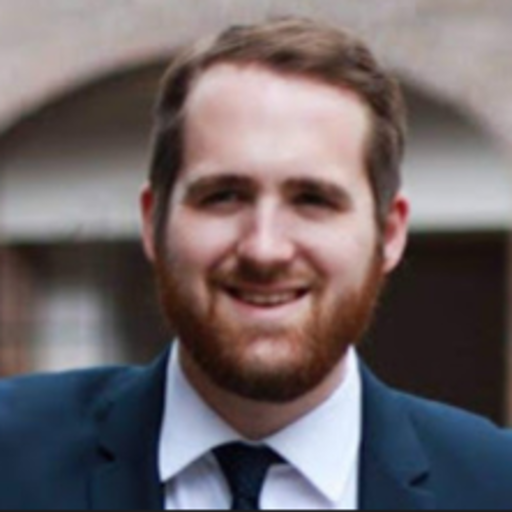
Philip grew up in Louisiana (not New Orleans) before moving to St. Louis after graduating from Louisiana State University-Shreveport. When he's not writing about movies or television, Philip can be found being chased by his three kids, telling his dogs to stop barking at the mailman, or chatting about professional wrestling to his wife. Writing gigs with school newspapers, multiple daily newspapers, and other varied job experiences led him to this point where he actually gets to write about movies, shows, wrestling, and documentaries (which is a huge win in his eyes). If the stars properly align, he will talk about For Love Of The Game being the best baseball movie of all time.
